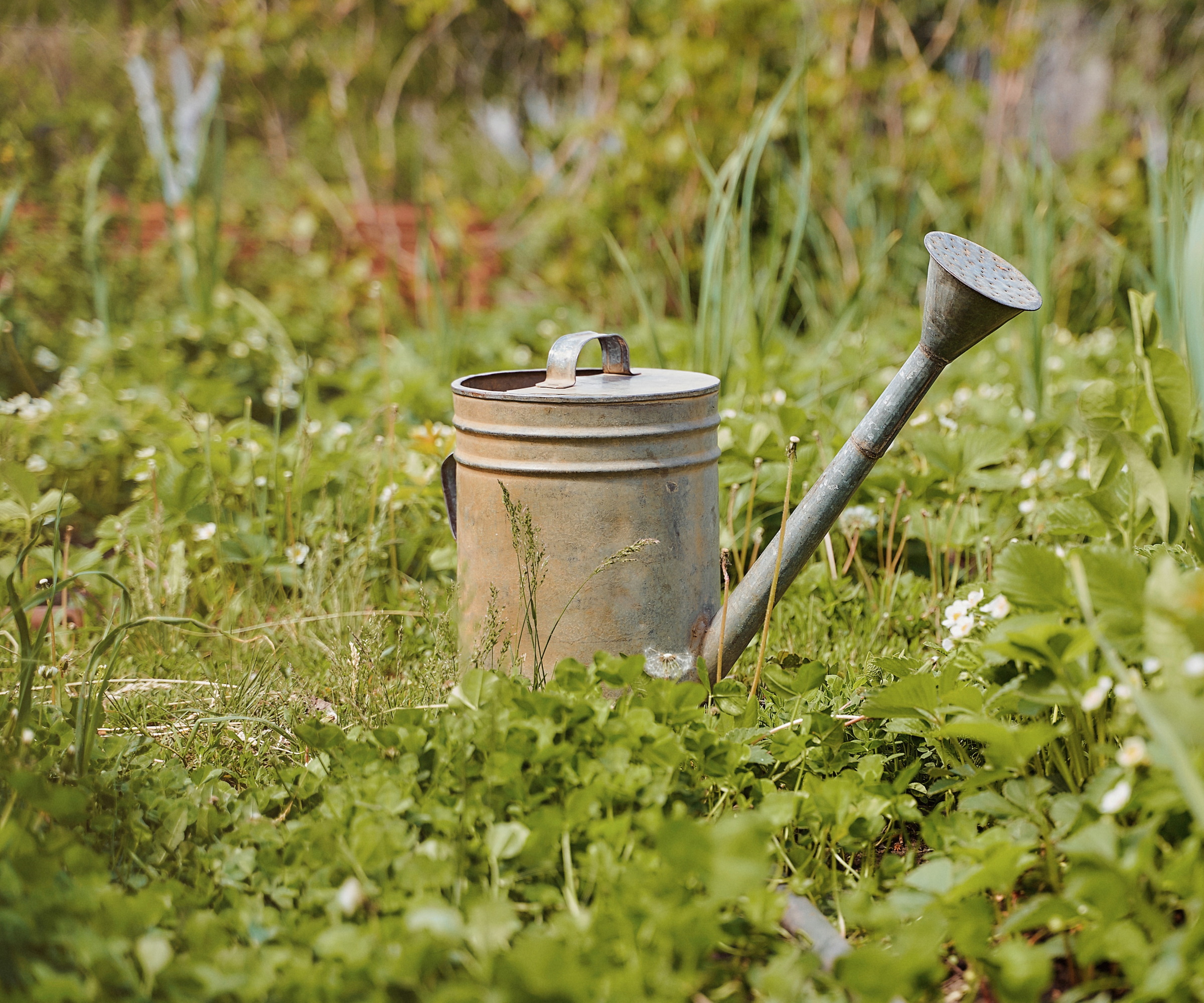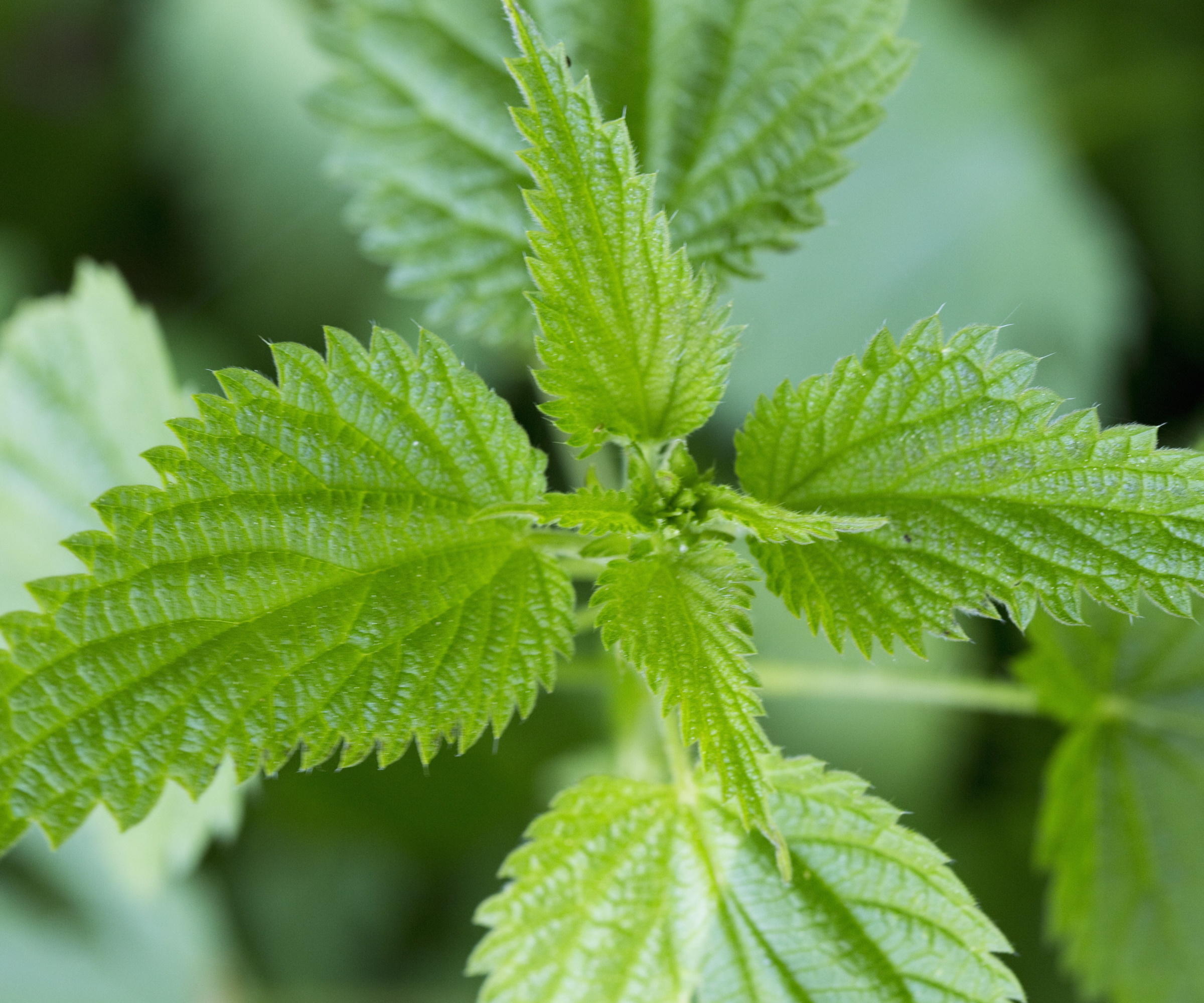Job for the weekend: How to make your own plant fertilizer using these two common weeds
Give your plants a natural boost this year by applying these nutrient-rich fertilizers made from weeds


Learning how to make plant fertilizer using weeds is a quick and fun weekend project to complete. Every border and backyard has weeds, typically growing in the lawn or alongside shrubs and perennials, and this is one way to utilize nutrient-rich weeds that are a free resource for gardeners.
In recent years, many of us gardeners have been reassessing our relationship with weeds, and garden experts are increasingly suggesting that we should celebrate weeds, not least for the biodiversity value of flowering weeds for pollinators. If, however, you are planning on pulling up nettles and dandelions this weekend, why not consider making your own plant fertilizer instead?
Nutrients contained within the leaves, roots and flowers of weeds can be made into a fertilizer that will boost your fruit and veg crops in the backyard this growing season. Here, I share two simple recipes that I have tried and tested during my gardening years and can be applied in your yard to great effect. So, why not have a go at potion-making this weekend and create your very own, homemade organic fertilizer?

How to make plant fertilizer using weeds
Weeds are a nutrient-rich resource that no garden is short of. Often, nettles grow under hedging and dandelions grow in the lawn. Gardeners should utilize this free food source, and make their own plant fertilizer using weeds. Here, I share two simple recipes that can help to boost your flower beds and garden borders this year.
1. How to make nettle fertilizer

One of the common weeding mistakes to avoid during the spring and summer months is disposing of nettles without making the most of this nutritious weed. Creating nettle tea, whether for yourself or to be used as a fertilizer in the yard, is a quick and easy option for those gardeners with a nettle problem.
Stinging nettles are a common weed, often found in garden borders or under hedgerows. However, there are stinging nettle benefits, and this weed is full of nutrients that can be beneficial to many crops and plants.
Rich in nitrogen, iron and potassium, nettle fertilizer is useful for leafy vegetables. As a professional gardener, I have used nettle feed on crops in the vegetable garden, such as kale, chard and spinach. Nitrogen is useful for these crops as it increases leaf growth, which is ideal for those seeking plenty of salads and leafy veg this summer.
Design expertise in your inbox – from inspiring decorating ideas and beautiful celebrity homes to practical gardening advice and shopping round-ups.
As the name implies, stinging nettles sting, so wearing thick gloves is always recommended. It is best to collect young, fresh growth, chopping stems and foliage into small bits (no more than 2 to 3 inches).
Place these nettle remains in a large bucket, and fill it with water to cover the nettles. I tend to place a stone or brick in the bucket to weigh the nettle cuttings down. After 4 weeks, your nettle fertilizer will be ready to use for leafy crops. Dilute 1 part nettle feed to 10 parts water, keeping the solution covered up when not in use.
In addition, this nettle fertilizer can be used as a foliar spray to deter common garden pests, such as aphids and mites. So, if you are wondering how to get rid of aphids, dilute the nettle solution in small spray bottles combining 1 part nettle feed to 10 parts water, using something like these spray bottles from Walmart. Apply on crops that suffer from aphid and mite attacks, such as fruit and veg crops in the greenhouse.
2. How to make dandelion fertilizer

If you are wondering how to get rid of dandelions, consider using this flowering weed as a fertilizer. Dandelions are a valuable weed with brilliant yellow blooms, of particular use if you are looking for edible spring flowers or are keen to make some tasty dandelion tea for yourself or your visitors. If this is not your thing, dandelions can also be used to create a nutritious plant fertilizer.
Rich in potassium, commonly referred to as potash, dandelion fertilizer is suitable for fruiting crops such as melons, strawberries and tomatoes, which all have high potassium requirements. Potassium helps with root development and flower and fruit production.
Using a large bucket with a lid, gather dandelion flowers, leaves and roots, placing them with water in the bucket. Cover the bucket with the lid and leave for 3 to 4 weeks in your garden shed or garage. It is best to stir the dandelion mixture once a week but be warned, the smell can be a little unpleasant.
After 3 to 4 weeks, strain your mixture, using a mesh cloth or an old tote bag, saving the liquid but discarding the green waste. This is an important step as you do not want to spread dandelion seeds or roots all across the backyard.
To apply your dandelion fertilizer, dilute 1 part solution to 10 parts water in a watering can, and pour around the base of your fruiting crops. You can also use it as a foliar spray, but be careful not to cover fruits that you are soon to harvest.
FAQs
What weed fertilizer is suitable for flowering and fruiting crops?
Dandelion fertilizer is high in potassium, which is an ideal feed for flowering and fruiting crops such as strawberries, squashes and tomatoes. In addition, consider how to make comfrey fertilizer, another feed that is high in nitrogen, phosphorus and potassium that is useful for peppers and cucumbers.
Making plant fertilizer from weeds is an easy and sustainable way to feed and nurture your crops. Gardening in this way is organic and cost-effective, utilizing common garden weeds found in most backyards. Why not also consider how to make weed killer, using natural and organic methods that will not harm the local environment?

Thomas is a Content Editor within the Gardens Team at Homes and Gardens. He has worked as a professional gardener for both public spaces and private estates, specializing in productive gardening, growing food and flowers. Trained in Horticulture at the Garden Museum, he has written on gardening and garden history for various publications, including The English Garden, Gardens Illustrated, Hortus, The London Gardener and Bloom. He has co-authored a Lonely Planet travel book, The Tree Atlas, due out in 2024.
